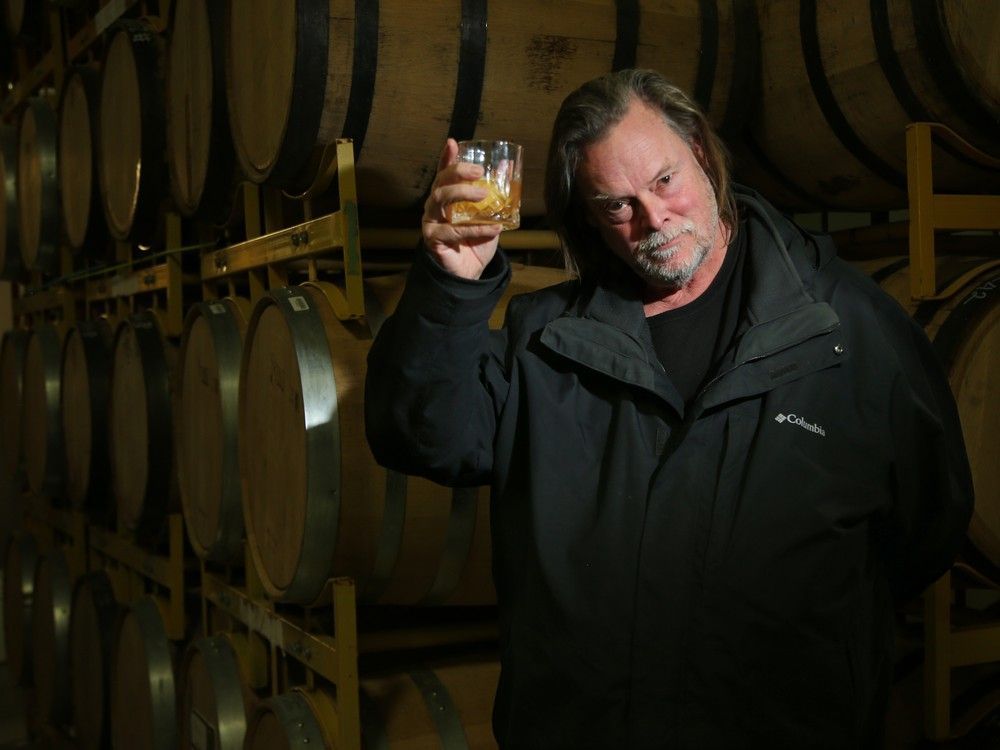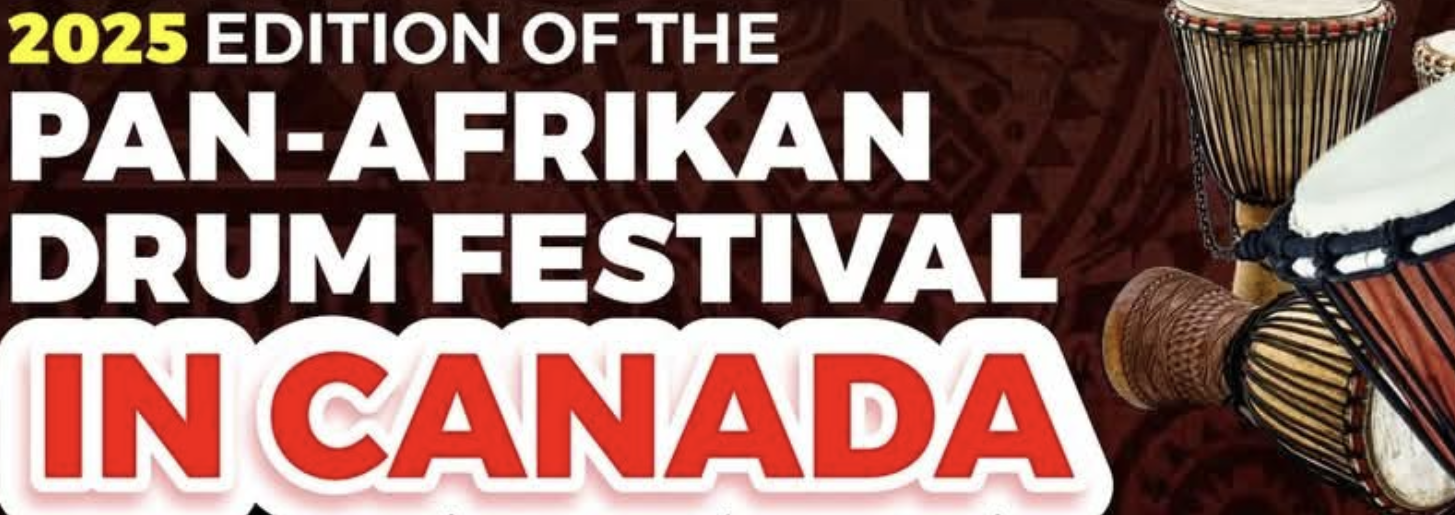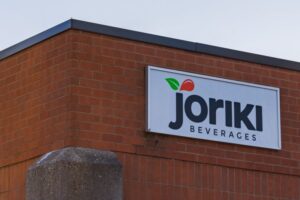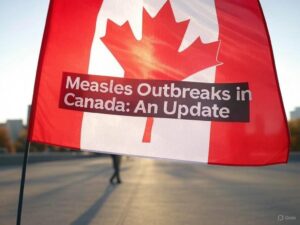
In the fall of 2018, John Criswick knew that if he wanted the real thing, he would have to go to Kentucky.
He and two employees from his Perth, Ont.-based business, Top Shelf Distillers, got into Criswick’s Tesla Model S and drove the 1,200-plus kilometres to Louisville, the home of baseball bats, Kentucky Fried Chicken, the Kentucky Derby and Muhammad Ali. There, they picked up two new charred American white oak barrels from Kelvin Cooperage. Then, they drove home.
The road trip was necessary because Criswick, an Ottawa-area serial entrepreneur since the frothy dot-com days of the late 1990s, had bourbon-making on his mind.
To be called a bourbon on its label, a whisky must be made from a mash of at least 51 per cent corn and then stored in precisely the kind of barrels that Criswick bought. But the award-winning whisky that Top Shelf now distills is branded as Rideau Whisky rather than as bourbon, even though it is technically bourbon. That’s because North America’s trade agreements forbid him from calling what he makes bourbon, and only U.S. distillers can call their spirits bourbons.
But with debilitating U.S. tariffs and Canadian counter-tariffs hanging over the two countries, plus increasing Canadian reluctance to buy American goods, Criswick thinks the time could be right to affirm more loudly that “Canadian bourbons” do, in fact, exist.
What’s more, they might be just the right sip for bourbon aficionados in Canada who for political reasons might now shun their Jim Beam, Maker’s Mark, Bulleit Bourbon and the like.
“It would be a booming scenario for us… I actually believe that will happen,” says Criswick.
Top Shelf was running “Demand Local” ads months before a trade war between U.S. and Canada loomed. He says U.S. President Donald Trump has “instigated a massive movement within Canada to buy local. It’s larger than I’ve ever seen.”
Davin de Kergommeaux, an Ottawa-based expert on Canadian whisky who has written definitive books on the subject, says Canada has a long history of making whisky that could be called bourbon. During the U.S. prohibition in the 1920s and for some time after, he says, Canadian whisky made in the bourbon style was popular, even illicitly, in the U.S.
He estimates that there are more than a dozen Canadian distilleries including Top Shelf that make what could be called bourbon. “They want to appeal to a certain taste” even if they can’t put “bourbon” on their labels, de Kergommeaux says.
He points out the cheeky example of BRBN, a bourbon-style corn whisky made by Okanagan Craft Spirits Distillery in B.C., which won gold at 2020 World Spirits Awards and the 2022 Canadian Whisky Awards. “It’s pretty good bourbon,” says de Kergommeaux, who last year was inducted into the Whisky Hall of Fame in London, UK.
The threat of 25 per cent U.S. tariffs on Canadian goods, which Trump on Feb. 3 put on hold for 30 days, is “pretty ill-conceived,” says de Kergommeaux.
He notes that eight of Canada’s top 10 best-selling whiskies are Canadian-made but U.S.-owned, including Canadian Club (owned by Beam Suntory), Canadian Mist, Seagram’s VO, Canadian LTD and Canadian Hunter (all owned by Sazerac). Crown Royal, Canada’s top-selling whisky, is owned by U.K.-based Diageo.
In early February, in response to Trump’s threatened tariffs, provinces including Ontario, Quebec, B.C., Manitoba, Nova Scotia, P.E.I. and Newfoundland, announced retaliatory measures including pulling U.S. liquor from store shelves.
In Ottawa, there is one spirit-maker that is allowed to call its bourbon a bourbon. The reason for that is that L’Imposteur Spirits imports bourbon made in Indiana and further ages it with maple staves and proofs it with maple water.
“It’s more like a Canadian twist to bourbon,” says Frédéric Geoffroy of L’Imposteur Spirits. He and his business partner Benoît Gratton are federal public servants by day who founded their spirits project in 2022. They make two “avant-garde bourbons” with either rye or wheat in the mix along with corn.
If tariffs and counter-tariffs come into effect, “obviously we’re hoping it’s going to generate some (consumer) interest in trying other things,” says Gratton.
But because L’Imposteur buys bourbon from the U.S. for its products, the trade measures could also make things “very messy” for L’Imposteur if they linger, says Geoffroy.
“Hopefully the tariffs will not be in place for many, many years,” he says. “We think we have enough supply to keep us going for a while, until a solution is found.”
But for Top Shelf’s Criswick, tariffs and counter-tariffs present an opportunity that’s well-timed because the company, which also makes vodka, gin and other alcoholic beverages, is significantly ramping up its whisky production.
Top Shelf Distillers making a whisky that’s like a bourbon
Bottles are readied for filling at the small assembly line at the rear of the Top Shelf Distillers distillery.
For many distillers, making whisky is the ultimate goal because whisky is a higher-value spirit, sold at a higher margin and of more interest to export markets, says Criswick.
According to the LCBO’s 2022-23 report, whiskies were the top-selling spirit, accounting for more than $925 million of $2.73 billion in sales, “with Canadian whisky accounting for more than half of those sales.”
Each week, Top Shelf makes five barrels of whisky, each of which fills about 300 750-ml bottles. The distillery hopes to more than double that output in 2025, and one challenge, Criswick says, will be to store all the added barrels.
He expects that Top Shelf’s Rideau Whisky will be stocked by the LCBO in a few months, and he has dreams of exporting that product to Japan.
He even thinks that the concentration of whiskey-makers in Ottawa, which includes not only his business but also North of 7 Distillery, Dunrobin Distilleries and others, means that the region could one day be marketed as “Kentucky North.”
“I really like the idea of Kentucky North, like Silicon Valley North,” says Criswick.





